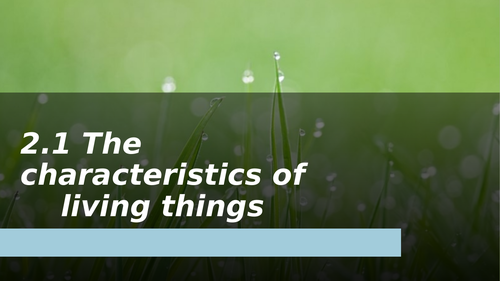
















Suitable for all KS3 students and teachers.
Students can revise and master the topic from the useful and incredible resources.
It covers the following learning objectives:
- Understand the seven characteristics of living things
- Understand what microorganism is.
- Able describe types of microorganisms : bacteria, fungi, protozoa and algae
- Understand that virus is not a living thing.
- Able to describe microorganisms causes living organisms decay.
- Understand uses of microorganisms in food industry.
- Able to label structure of plant and animal cells.
- Describe the functions of specialized cells in animals : red blood cells. sperm, nerve cell, muscle cell, ciliated cell.
- Describe the functions of specialized cells in plants : palisade cells, root hair cells, and xylems
- Describe the level of organisms
Topical questions with answer scripts are available for FREE at http://myanswerscripts.weebly.com when you have purchased and leave us 4 or 5 stars under general review.
Something went wrong, please try again later.
This resource hasn't been reviewed yet
To ensure quality for our reviews, only customers who have purchased this resource can review it
Report this resourceto let us know if it violates our terms and conditions.
Our customer service team will review your report and will be in touch.
£2.50